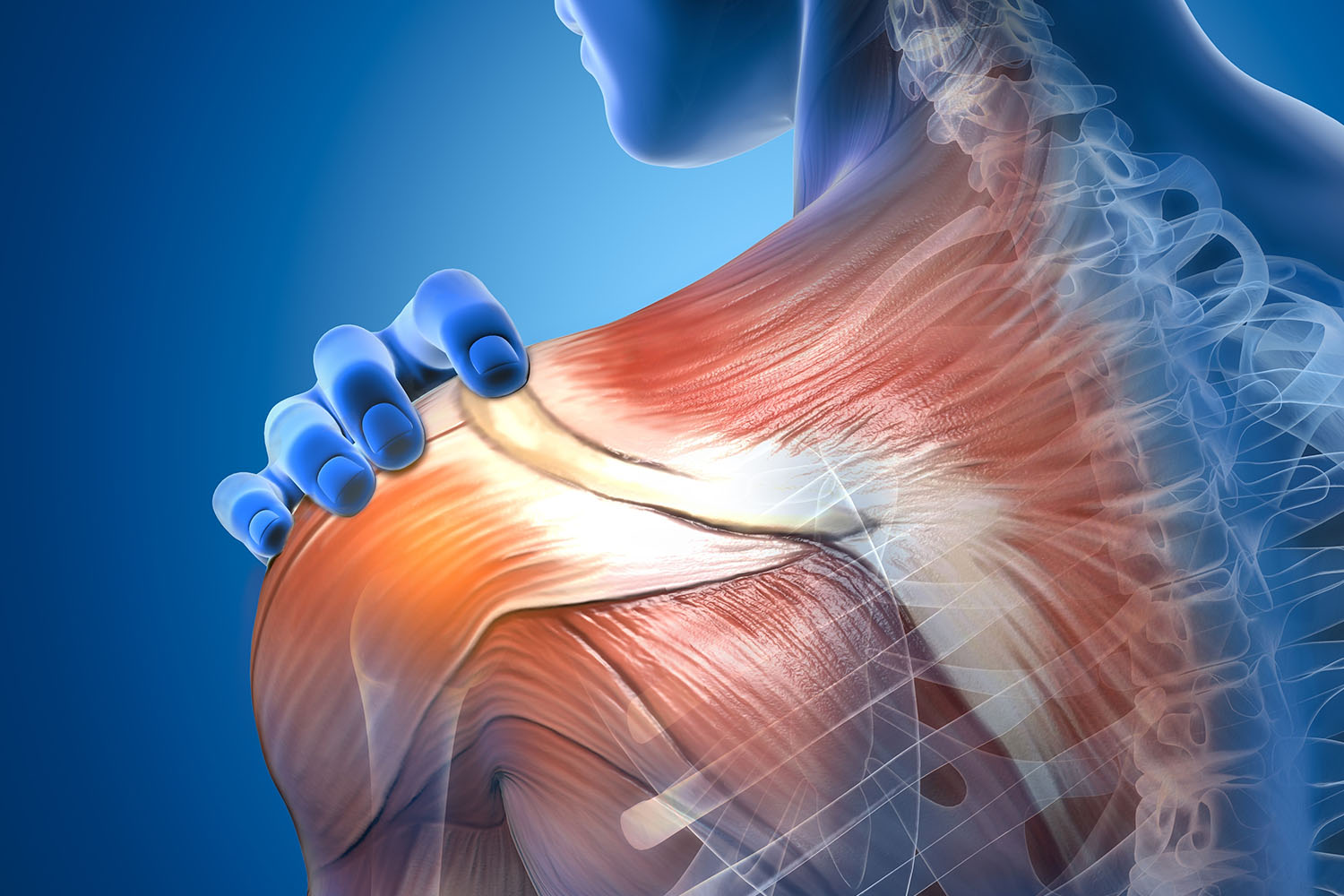Overview
A labral tear hip is a common yet often misunderstood orthopedic condition that can significantly impact one’s quality of life. Characterized by the tearing of the labrum, a ring of cartilage surrounding the hip joint, this injury can lead to pain, limited mobility, and instability. In this blog post, we’ll explore the intricacies of labral tears in the hip, drawing upon facts, research findings, and treatment approaches to shed light on this prevalent issue.

What is a Labral Tear Hip?
The hip labrum plays a crucial role in stabilizing the hip joint and cushioning the articulating surfaces of the femur and acetabulum. A labral tear occurs when this cartilaginous structure becomes damaged or frayed, often due to trauma, repetitive motions, or underlying structural abnormalities. While labral tears can occur in individuals of all ages, they are frequently associated with sports-related activities, such as soccer, hockey, and ballet.
Research Insights:
Studies have elucidated various factors contributing to the development of labral tears in the hip, highlighting the interplay between anatomical morphology, biomechanics, and degenerative changes. Research published in the American Journal of Sports Medicine suggests that certain hip morphologies, such as femoroacetabular impingement (FAI) and acetabular dysplasia, predispose individuals to labral pathology and subsequent tears. Additionally, repetitive movements and poor hip joint mechanics have been implicated as potential risk factors for labral injury.
Diagnostic Challenges:
Diagnosing a labral tear hip can be challenging, as symptoms often overlap with other hip conditions, such as osteoarthritis and muscle strains. However, advances in imaging modalities, such as magnetic resonance arthrography (MRA) and hip arthroscopy, have significantly improved diagnostic accuracy. These techniques allow orthopedic surgeons to visualize the hip joint and identify labral pathology with greater precision, facilitating targeted treatment interventions.
Treatment Approaches:
The management of labral tears in the hip typically involves a multidisciplinary approach tailored to the individual patient’s needs and preferences. Conservative measures, including rest, physical therapy, and nonsteroidal anti-inflammatory drugs (NSAIDs), may suffice for mild tears or cases without mechanical symptoms. However, for symptomatic or refractory tears, surgical intervention, such as hip arthroscopy, may be warranted. Research studies have demonstrated favorable outcomes following arthroscopic labral repair or debridement, with significant improvements in pain relief and functional outcomes reported postoperatively.
Rehabilitation and Recovery:
Rehabilitation following surgical treatment of a labral tear hip is paramount to optimizing outcomes and preventing recurrence. Evidence-based rehabilitation protocols focus on restoring hip range of motion, strengthening hip musculature, and improving dynamic stability. Research suggests that structured rehabilitation programs, encompassing both supervised exercises and patient education, contribute to enhanced functional recovery and long-term joint health.
Labral tears in the hip represent a complex orthopedic condition with significant implications for patient well-being and musculoskeletal function. By leveraging insights from research and clinical practice, healthcare providers can better understand the underlying mechanisms of labral pathology and deliver personalized treatment strategies. Through a collaborative approach encompassing accurate diagnosis, evidence-based interventions, and comprehensive rehabilitation, individuals affected by labral tear hip can embark on a path towards restored hip function and improved quality of life.


